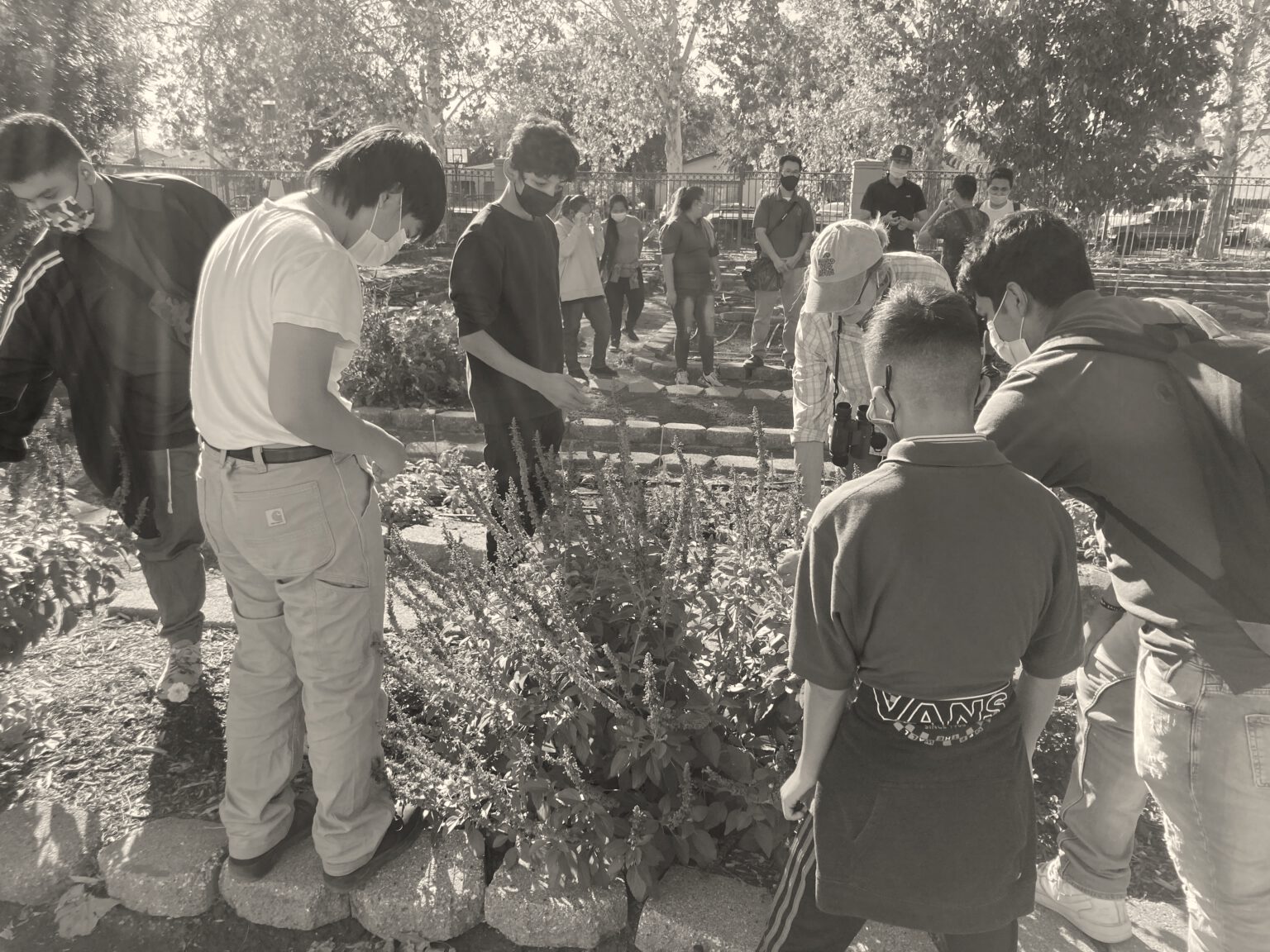
Citizen science is when the public participates in scientific research. Citizen scientists can work independently or collaborate with professional scientists by collecting, reporting or analyzing data.
There are thousands of citizen science research projects going on around the world. These projects encompass a range of topics and disciplines from medicine, ecology and genetics to astronomy, engineering, psychology and more.
The Environmental Health Sciences Center (EHSC) at UC Davis currently is leading two citizen science projects:
- Imperial Valley high school students in Southern California are working with scientists to collect data about the environmental impacts of air pollution from the Salton Sea. In presenting their research findings to public forums, students are educating community members about the risks of air pollution.
- Nurse-midwives in Sonoma, California are helping to collect cord blood, baby saliva and blood samples for scientists in the B-SAFE study to understand the impact the 2017 North Bay wildfires have had on pregnant women and their babies.
How does public participation in research help advance science?
Science is all about making sense of the world we live in. Public participation widens its lens through the involvement of people who know their communities in ways no one else does. Citizen scientists help shape questions that need to be asked and move research forward by doing it.
When the public gets involved, they can be in places where professional scientists can't be: recording earthquake tremors, observing honey bees and counting meteors, ladybugs or birds. Citizen scientists can make amazing discoveries on their own fueled by their unique interests, talents or experiences.
The public sometimes has a vested interest in participating in scientific studies too. In one famous case, citizen scientists in Woburn, Massachusetts collected data about the large number of children developing leukemia in their community. In doing this research, citizens discovered industrial pollution in the town’s water was linked to cancer in children.
How has technology evolved the idea of citizen science?
Technology holds out the possibility of greater innovation and rigor in science never before thought possible. Technology makes it easier to be a citizen scientist — to find projects to join and to communicate about research, share ideas and learn from one another.
Crowdsourcing information through simple tools like phone apps and scaling up through large data sets can help scientists better understand the environment and our relationship to it. When it comes to health, this kind of knowledge can help communities shape policies that make a difference in the lives of many.
These tools make scientific information more accessible to everyone. One example is Identifying Violations Affecting Neighborhoods (IVAN), an online community monitoring project that helps residents report, document and fix air pollution problems in Southern California. Another is the Institute for Health Metrics and Evaluation’s data visualization tool, which uses large data sets to better understand how disease burdens populations on a global scale.
How can someone without a formal education help with scientific research?
Citizen science seems revolutionary but it’s not. After all, science reflects what’s innately human in all of us: A curiosity about the world we live in.
It’s true that professional scientists today undergo rigorous training, spending years at a university earning two, three or four degrees to finely hone their skills and expertise. This kind of training helps them design studies, analyze data and synthesize research.
But there are also plenty of famous examples of people who never received a formal education yet still advanced scientific knowledge in big ways: Think Michael Faraday (electromagnetism), Srinivasa Ramanujan (theory of numbers) and Hedy Lamarr (frequency hopping), to name just a few.
For these citizen scientists, poverty, racism or sexism got in the way of a formal education. But thankfully none of those barriers prevented the brilliance of each from shining a light on the world around us.
Ultimately, of course, citizen science is more than just the big discoveries. It's the many small but meaningful contributions people make along the way that together have the potential for the biggest impact.
Where to learn more
To find out more about citizen science, get involved in a project with us or check out one of these organizations:
